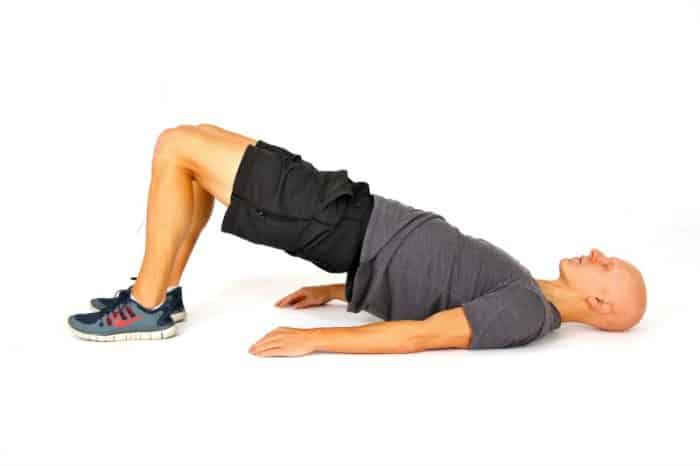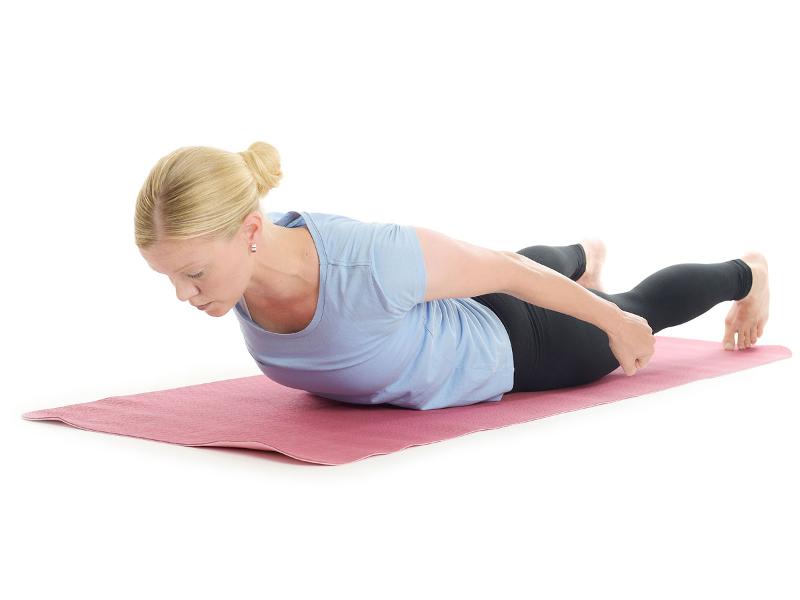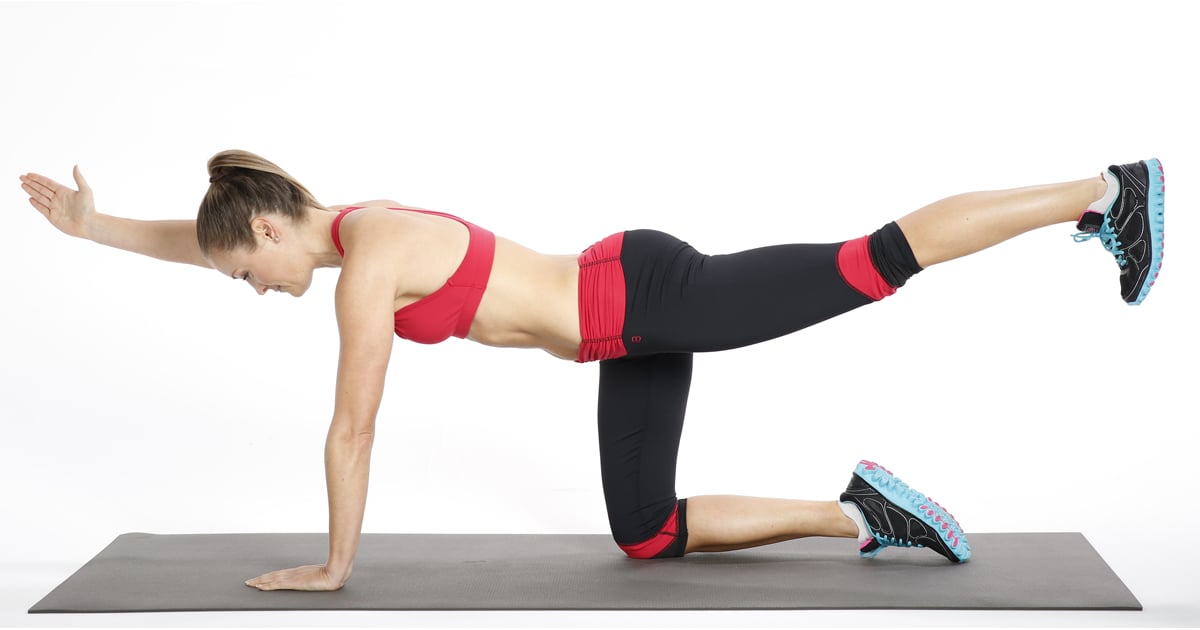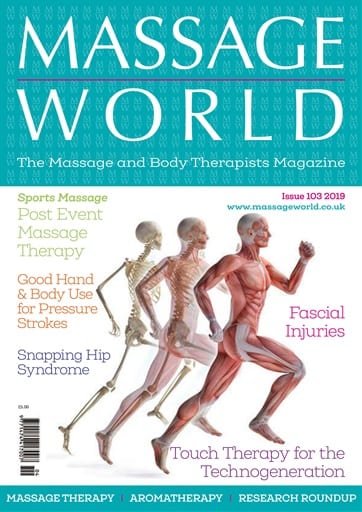
An insight to Snapping Hip Syndrome
By Dawn Morse MSc
As published in Massage Wold Magazine
Snapping Hip Syndrome is more commonly also known as Dancers Hip or iliopsoas tendonitis and coxa saltans.
The condition is associated with a popping, clicking or snapping sensations on hip flexion and extension. In some instances, these sensations can accompanied by a loud noise, but are often pain-free to start with.
As the condition progresses, movement can become painful, range of motion can become reduced, and further injuries can develop, such as inflammation of the associated tendon or joint damage.
There are three types of snapping hip syndrome: internal snapping hip, external snapping hip and intra-articular snapping hip.
Condition and causes:
Internal and external snapping hip
Also referred to as extra-articular snapping hip, these two are the most common types of snapping hip syndrome.
During internal snapping hip, the iliopsoas tendon can become tight and produces a snapping sensation or noise as it moves over the iliopectineal eminence, the bony protrusion of the pelvis as illustrated in the image below which demonstrates snapping hip produced by the iliopsoas tendon.

Another site of internal snapping is at the hip joint. In this instance, snapping occurs when the rectus femoris tendon moves back and forth across the ball and socket joint on flexion and extension.
During external snapping hip syndrome, the iliotibial band or the gluteus maximus often becomes tight and produces a snapping noise when moving over the greater trochanter of the femur.
In many cases, internal and external snapping hip can be caused by muscle imbalance and weakness, either around the hip joint or within the pelvis.
In these instances, often the iliopsoas can become shortened and tight whilst the gluteus maximus becomes weakened or misfires. Alternatively, the gluteus maximus, minimus and medius, can become tight and shortened leading to restricted movement within the hip joint.
However, if one muscle demonstrates restricted movement and tension upon testing, often secondary muscles within the area and opposing muscles will be affected.
Intra-articular snapping hip
In contrast to extra-articular snapping hip, intra-articular snapping hip is linked to mechanical changes in the hip joint itself, such as an acetabular labral tear, loose bodies within the joint, cartilage defects and biomechanical changes. As a result, the condition can take much longer to resolve. Further investigation with the use of X-ray and MRI may be needed to identify the cause of intra-articular snapping hip, therefore referral to a joint consultant may be required.

ing internal and external snapping hip
Massage techniques
Range of motion and joint testing should be used to identify the form of snapping hip that is being presented by the client.
The Snapping Hip test moves the clients upper limb from hip flexion and external rotation, through to hip extension and internal rotation.
Once the condition is confirmed Sports or Deep Tissue massage can be used to reduce tension in the associated muscles and the ‘snapping’ tendon. Massage application should focus on treating the associated muscle and surrounding area, including the quadriceps, and pay particular attention to the rectus femoris and the origin of the associated muscle.
Also traet the adductors, along with the tensor fascia lata, and gluteal muscles.
If time, treatment to the hamstrings will help to improve range of motion around the hip joint.

Techniques such as Soft Tissue Release, Active Movement and Dry Cupping are particully useful for reducing associated muscle tension and increasing pliability and range of movement within the soft tissue and the associated joint.
It’s also useful to close the treatment with passive or PNF (proprioceptive neuromuscular facilitation) stretching, to help address muscle memory and maximise range of motion.
Rest and active rest
Advising rest from sport or exercise programmes while symptoms cause pain will allow the condition time to heal. Alternatively, active rest can also be advised. This would involve reducing activities that are hip focused and switching to upper body exercise, such as swimming with a float between the legs or using an arm bike.
Self-treatment
To maximise therapy benefits between treatments, the client can use a myofascial release ball to help reduce tension in the muscles around the hip. Using the palm, the client can roll the ball with a firm pressure over the muscles at the front of the hip and thigh, to the side of the hip, down the Iliotibial band and over the gluteal muscles.
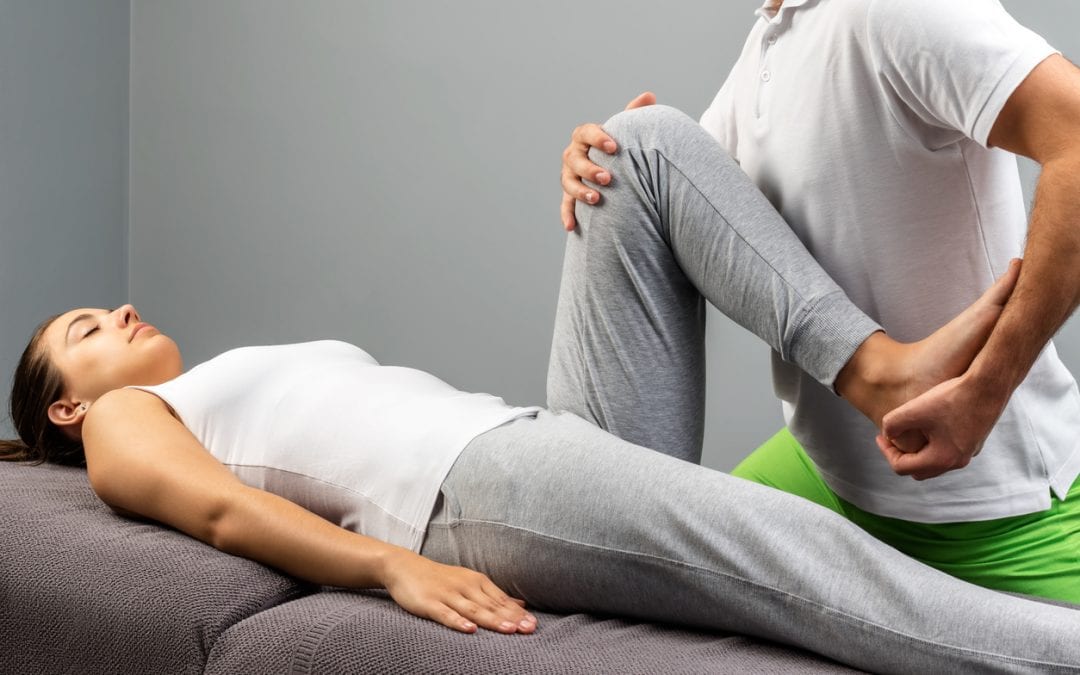
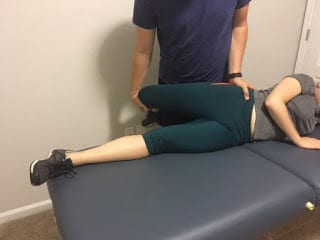
Stretching
The stretches in Table 1 will help to maintain muscle function and length, and reduce muscle tension. While symptoms are present, these stretches should be performed two to three times daily, to aid muscle memory and movement. Each stretch should be held for between 30 to 60 seconds.
Table 1:
| Stretch | Objective |
| Low lunge stretch | With the chest in a lifted position, to help stretch the rectus femoris and iliopsoas. |
| Piriformis and lateral hip stretches | To help stretch out the external hip rotators. |
| Lying glute stretch | To help reduce tension in the gluteus maximus |
| Seated adductor stretch | To help lengthen the adductor muscle group |
| Hamstring stretch | To help lengthen and reduce tension in the hamstrings muscle group. |
Developing joint and core stability
Stabilising the pelvis through core development can help to improve long-term stability. In some instances, stabilisation of the gluteus medius may also be needed.
Useful core stabilisation exercises include forward plank, side plank, the bridge, back extensions, alternative arm to leg lift, and the side clam (for the gluteus medius).
While symptoms are present, these exercises should be performed twice daily.
The plank exercises should be held from 15 to to 60 seconds each for 2 – 3 repetitions, where as the remainder exercises should be performed for between 12 – 25 repetitions, and for 2 – 3 sets.
Forward plank on the knees
Side plank
Alternative arm to leg stretch / exercise
By Dawn Morse, BSc, PGCE, MSc,
Dawn is a sports science and therapy lecturer and the founder of Core Elements Training. She offers a range of accredited qualifications and short courses, including Level 3 & 4 Sports and Remedial massage therapy, Level 5 Diploma in Clinical Therapy and CPD courses in Dry Needling, Dry Cupping, Manual Therapy, Electrotherapy, Rehabilitation and more.



